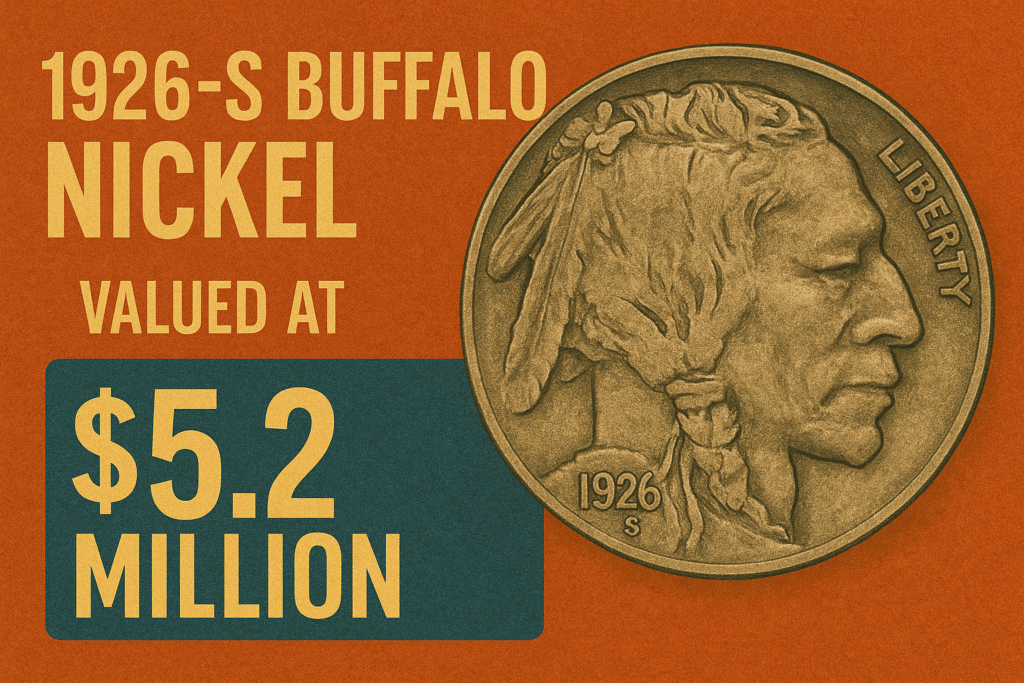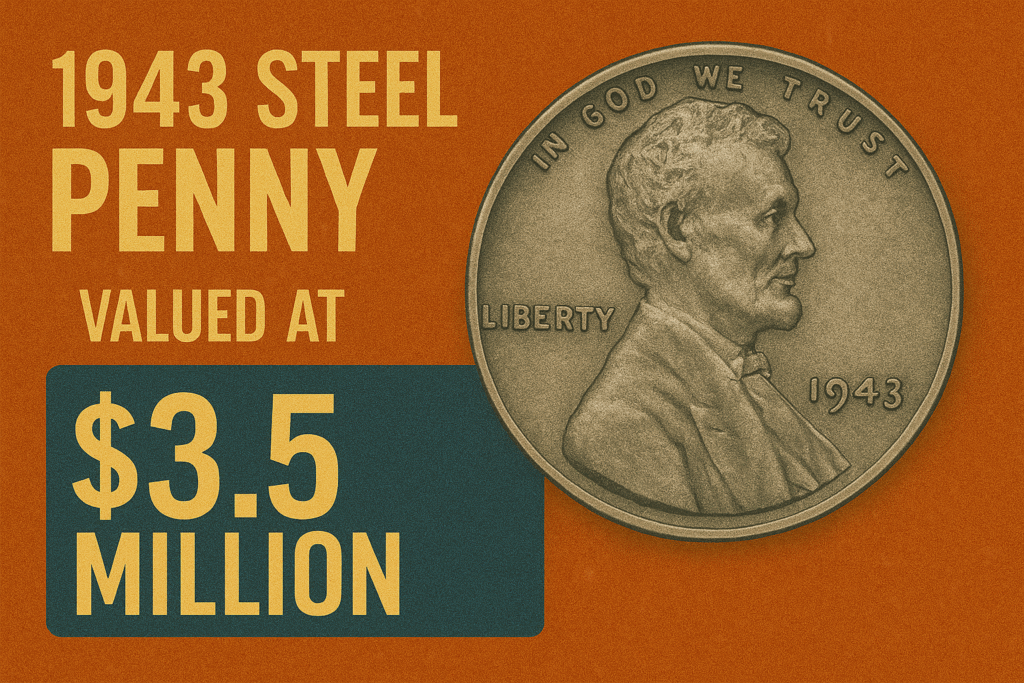Do you have an old jar of pennies sitting around at home? If so, you might want to take a closer look. Some of those old Lincoln Wheat Pennies could be worth hundreds—or even thousands—of dollars. Believe it or not, one rare penny sold for over $840,000! These coins are more than just old money. They’re small pieces of American history, and a few of them are super rare and very valuable. In this guide, we’ll show you which ones to look out for and how to tell if you’ve got a hidden treasure in your spare change.
What Makes a Lincoln Wheat Penny Valuable
Lincoln Wheat Pennies were made from 1909 to 1958, and not all of them are rare. But certain ones are worth a lot because of:
- Rarity: Only a few were made in certain years.
- Minting Mistakes: Some have errors that make them unique.
- Condition: Pennies in great shape are worth more.
The most valuable one so far is the 1943-D Bronze Cent. This penny was supposed to be made of steel during World War II, but a few were accidentally made with bronze. One of them sold for $840,000!
What Years and Errors Should You Look For
Here are some of the rarest Lincoln Wheat Pennies and what makes them special:
| Year | Mint Mark | Why It’s Valuable |
|---|---|---|
| 1909-S | VDB | First year, only 484,000 made |
| 1914-D | D | Very few made, hard to find |
| 1931-S | S | Less than 900,000 made |
| 1943-D | D | Bronze mistake during war (rare!) |
| 1958 | None | Doubled letters on the front (error) |
Pro tip: Mint marks are small letters under the date. “D” means Denver, and “S” means San Francisco.
Common Minting Errors That Increase Value
If your penny has a mistake from the factory, it could be worth a lot more. Here are some to watch for:
- Doubled Die: The numbers or letters look doubled.
- Off-Center Strike: The design is not in the center of the coin.
- Wrong Metal: Like the 1943 bronze penny or a 1944 steel one.
Use a magnifier to check for these tiny details.
Coin Condition: Why It Matters
Coins are graded from 1 to 70. The higher the grade, the more it’s worth.
- MS-65 or higher: Like new, shiny, and no damage.
- AU (About Uncirculated): Almost perfect, light wear.
- XF (Extremely Fine): Clear details, minor wear.
Never clean your coin. It can actually make it worth less because collectors want coins in their original condition.
A Little History Behind the Wheat Penny
The Lincoln Wheat Penny was first made in 1909 to honor Abraham Lincoln’s 100th birthday. It was the first U.S. coin to feature a president. The wheat on the back symbolized prosperity. That historical importance makes them even more special to collectors.
What to Do If You Think You Found a Rare Penny
- Use a magnifying glass to look for mint marks and errors.
- Compare your penny to the rare ones listed here.
- Check its condition—don’t clean it.
- Get it appraised by professionals like PCGS or NGC.
- Protect it in a coin holder if it’s valuable.
Even the smallest coin in your pocket might be hiding a big secret. Lincoln Wheat Pennies are not just old—they could be worth hundreds or thousands of dollars if they have the right date, error, and condition. Take a look through your spare change and see if you’ve got a rare one. You never know—your next big payday could start with a simple penny.
FAQ’s
What’s the most valuable Lincoln Wheat Penny ever sold?
The 1943-D Bronze Cent is the most valuable. It sold for $840,000 because it was made with the wrong metal during World War II.
Where can I get my penny checked?
Use professional services like PCGS or NGC to get your coin graded and authenticated.
Can cleaning my penny make it more valuable?
No. Cleaning your coin actually lowers its value. Collectors prefer coins in their original condition.


